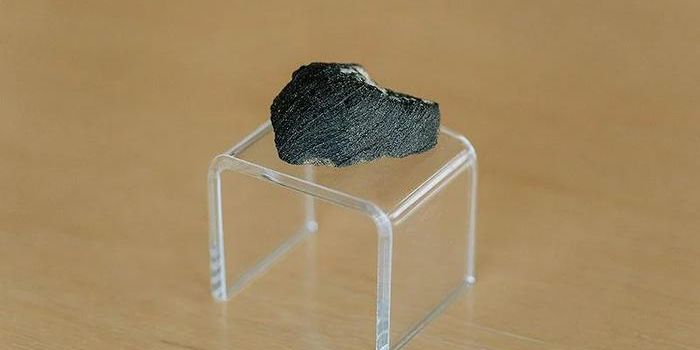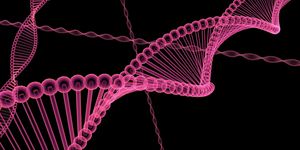The (Unimportant?) Role of Love Hormones in Prairie Voles
Suppose you’re familiar with the Harry Potter franchise. In that case, you might remember when Romilda Vane creates a love potion that was mistakenly ingested by Ron Weasley (it was originally aimed for Harry Potter) in the sixth book, Harry Potter and the Half-Blood Prince. Ron subsequently became infatuated with Romilda, as the potion created an obsession between the potion-maker and the potion-drinker. In reality, of course, no such potion exists. But what does exist is a hormone colloquially called the “love drug.”
Oxytocin, the so-called love drug or love hormone, is produced in the hypothalamus and then released into the bloodstream by the pituitary gland. The two most common productions of oxytocin are during labor and childbirth (which helps the uterus contract and later form a bond between mom and baby) and when we fall in love.
As such, there’s been a long-held assumption that in order to bond—both with offspring and with mates—the oxytocin hormone must be present. However, a new study based on monogamous prairie voles has debunked this idea.
Scientists have spent decades studying the role of oxytocin in mammal brains. In certain animals, like prairie voles (Microtus ochrogaster), there is intense attachment to only one long-term partner. How and why this works has been a mystery until researchers from the University of California San Francisco removed the oxytocin receptors using CRISPR gene editing and found that the prairie voles still pair bonded.
The prairie voles who had their oxytocin receptors removed could still give birth, nurse, and bond with their young. But, there was a major difference in weight between the voles with oxytocin receptors and those without them, as those without them were underweight. Researchers posit that mothers’ lack of oxytocin receptors may lead to issues with milk production. Pups born to mothers without oxytocin receptors were also less likely to survive through weaning age, suggesting that there is still an important role of the receptor.
Researchers say there is a lot to parse out here. For one thing, the timing of the removal of the oxytocin receptor might be critically important. Pair bonding may depend on oxytocin due to its exposure during development—if it was never exposed, then it may not be needed.
Results suggest that oxytocin plays a critical role in the life of social mammals, but the question is, what is that role? In terms of fitness (see this piece for more on reproductive fitness), it makes sense that there isn’t one way for the receptor to fail. Monogamous pair bonding is critical for vole survival, so evolutionarily, one single point of failure isn’t viable.
As such, the research team is investigating how oxytocin might work in concert with other hormones—like vasopressin which does many things, one of which can be associated with “love,” especially in men. Regardless, the bottom line is that mammals have oxytocin receptors in the brain. They are incredibly important, even if not entirely necessary when it comes to pair bonding in prairie voles.
Sources: Harry Potter Wiki, Harvard Health, New Scientist, Neuron, Labroots, Science Direct, Nature, NPR









